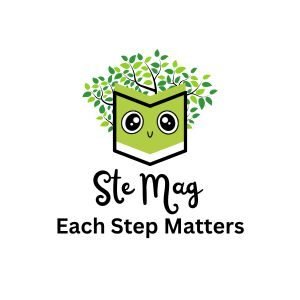Parts of Speech
Parts of speech, also known as word classes, are the basic types of words of English. According to a term in traditional grammar parts of speech are the categories of words which are classified based on their functions in sentences. Some grammar sources categorize parts of speech into 9 or 10 parts of speech, but most grammar books say that there are 8 parts of speech; they are noun, pronoun, verb, adjective, adverb, conjunction, preposition and interjection. And this article will discuss the 8 parts of speech.
1. NOUN
A noun is a word used to name a person, animal, place, thing or abstract idea.
Examples: Jimmy, boy, cat, house, computer, expectation, qualification, etc.
2. PRONOUN
A pronoun substitutes for a noun or a noun phrase. The replaced noun is called the antecedent of the pronoun. It is usually used to avoid the repetition the noun or the noun phrase.
Examples: I, you, we, they, he, she, it, me us, them, him, her, etc.
3. VERB
A verb conveys an action or a condition (a state of being).
Examples: (to) be, do, have, work, run, study, etc.
4. ADJECTIVE
An adjective describes a noun or noun phrase; it tells something about the noun or noun phrase.
Examples: smart, diligent, intelligent, white, beautiful, old, heavy, small, etc.5. ADVERB
An adverb modifies a verb, an adjective or other adverb, but not a noun. There are many kinds of adverbs such as adverbs of manner, adverb of time, adverb of place, adverb of frequency, adverb of certainty etc. therefore adverbs generally answer questions like how? when?, where? to what extent?, etc.
Examples: quickly, next week, soon, here, in Toronto, usually, probably, etc.
6. CONJUNCTION
A conjunction or a joiner is a word that connects other words, phrases, clauses, and sentences together. There are three kind conjunctions, they are coordinating conjunction, subordinating conjunction and correlative conjunction.
Coordinating conjunction (coordinator) connects two or more items of equal in importance and in structure. Coordinating conjunction joins words to words, phrases to phrases and clauses to clauses. The examples of coordinating conjunction are for, and, nor, but, or, yet, so.
Subordinating conjunction (subordinator) is conjunction that connects unequal clauses (dependent clause with independent clause). The most common subordinating conjunctions among others are after, although, as if, as much as, as long as, as soon as, as though, because, before, but, even if, even though, if, in that, in order that, lest, since, so that, than, that, though, unless, until, when, whenever, where, wherever, whether, and while.
And the last is correlative conjunction. It is conjunction that occurs in pairs. The examples are both-and, either-or, neither-nor, not only-but also and whether… or.
7. PREPOSITION
A Preposition is word that relates a noun or a pronoun to some other word or element in the rest of the sentence. Prepositions usually come before its object (a noun or a pronoun) and forms phrase which is known as prepositional phrase. The prepositional phrase typically expresses a spatial, temporal, or other relationship. Some prepositions are compound; they are made up of more than one word.
Examples: in, on, at, with, without, within, inside, outside, before, after, above, under, about, for, from, to, apart from, along with, till, until, etc.
8. INTERJECTION
An interjection is a word that states feeling or emotion. It is typically followed by an exclamation mark.
Examples: Oh! Ah! Wow! Darn! Gosh! Golly! Gee! Ow! Ouch! Yikes! Holy moly! Yippee! Hooray! Boo! Whew! Oh no! Ha!
